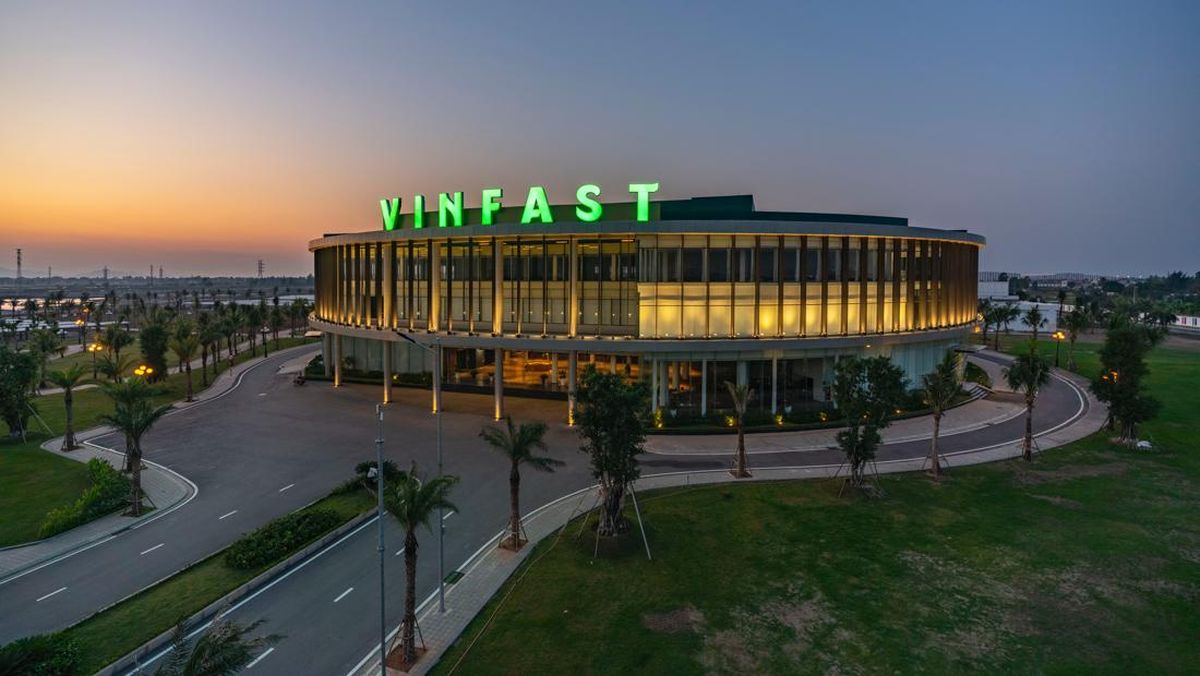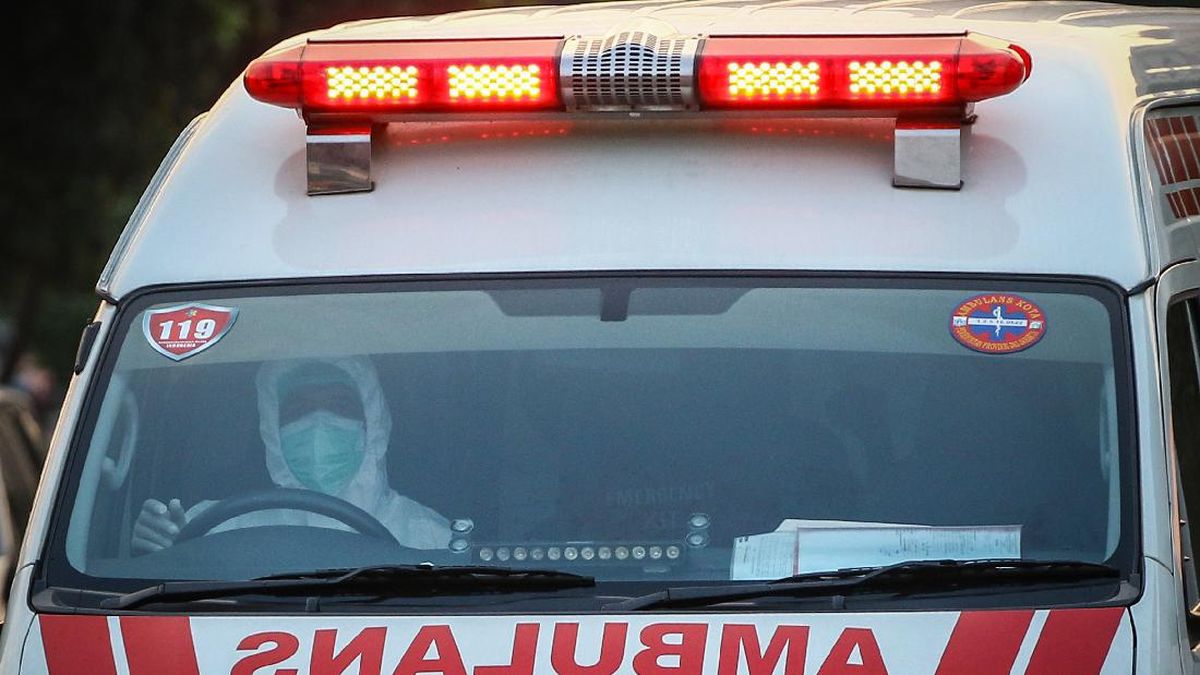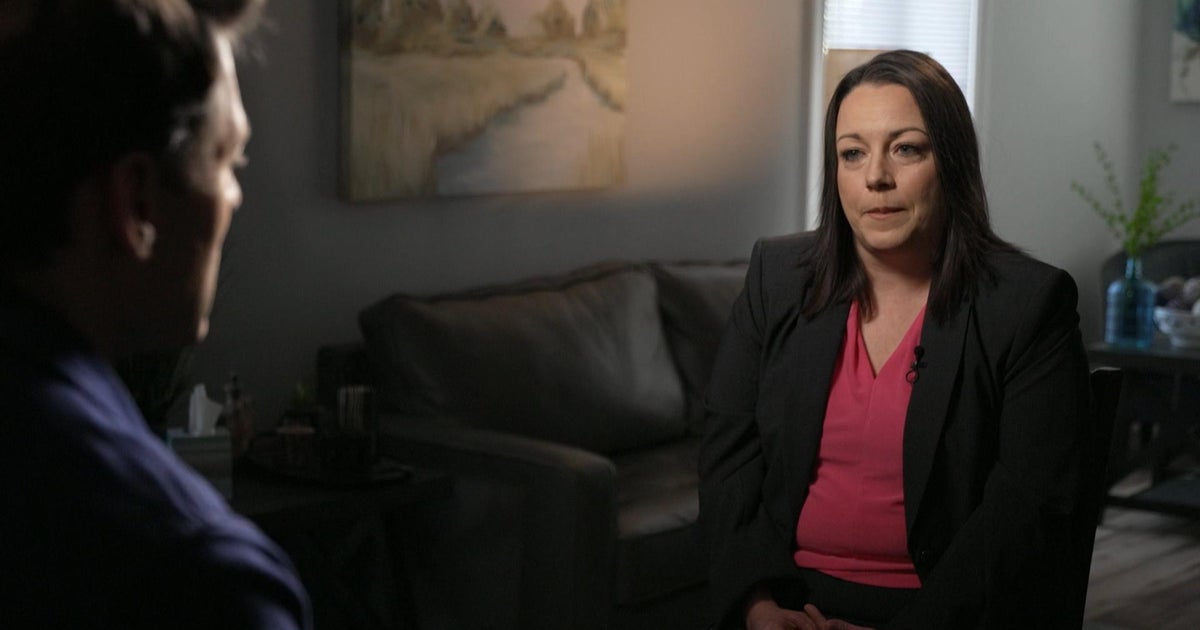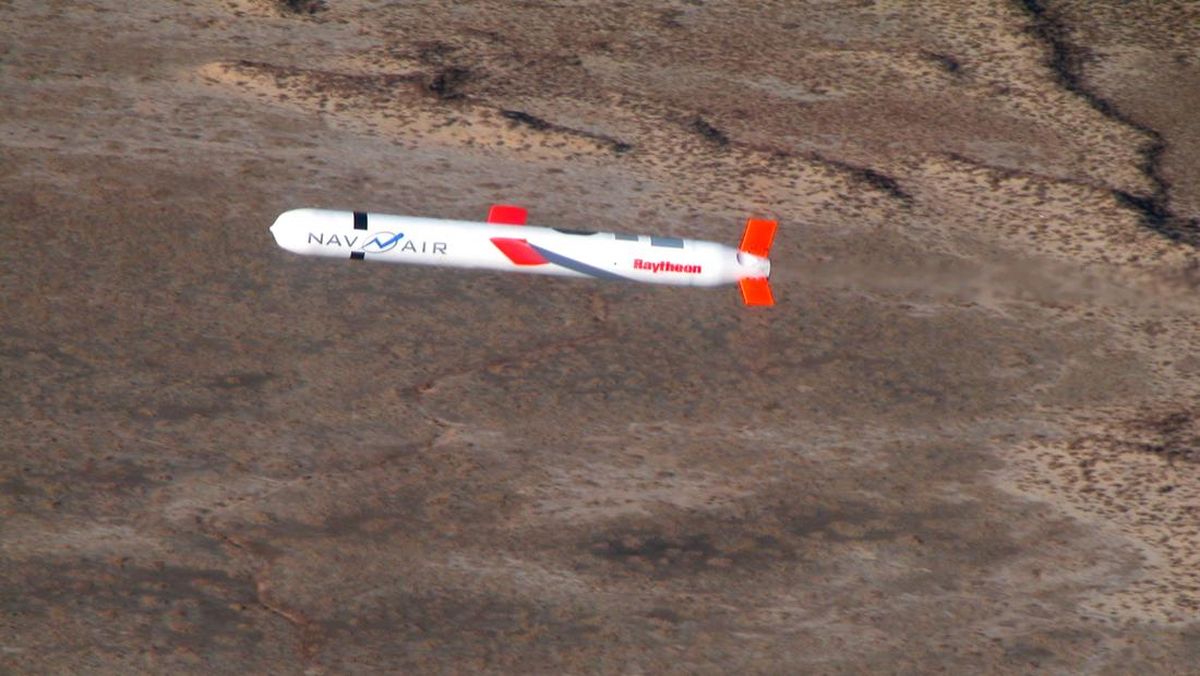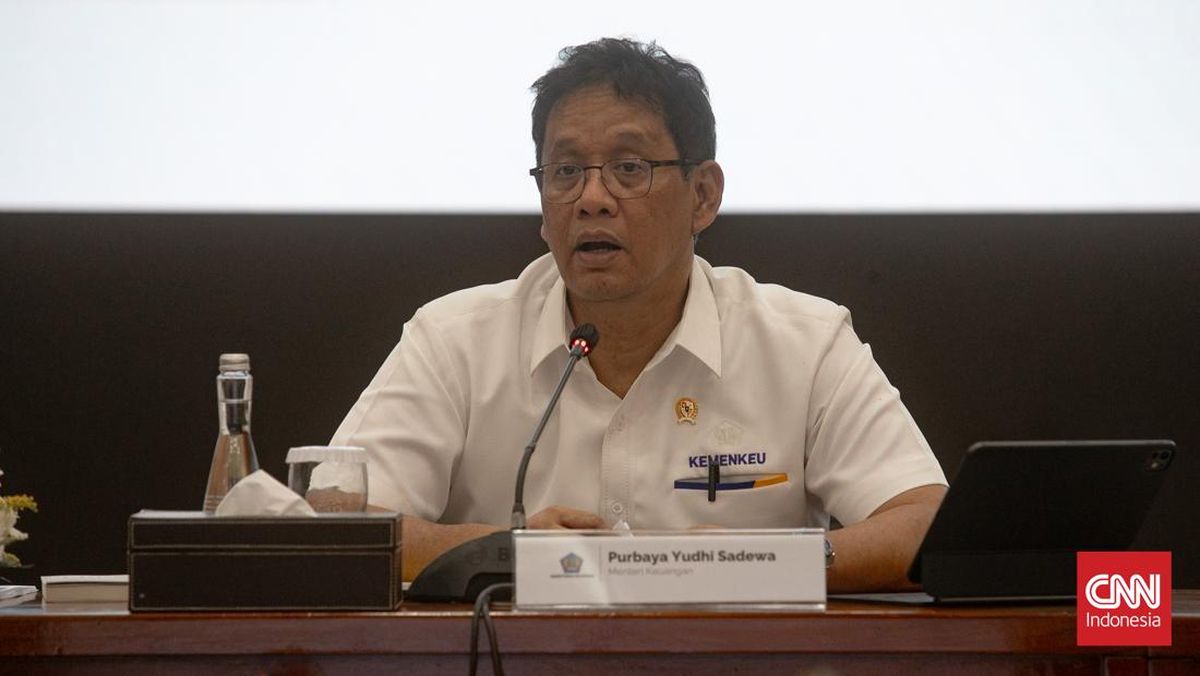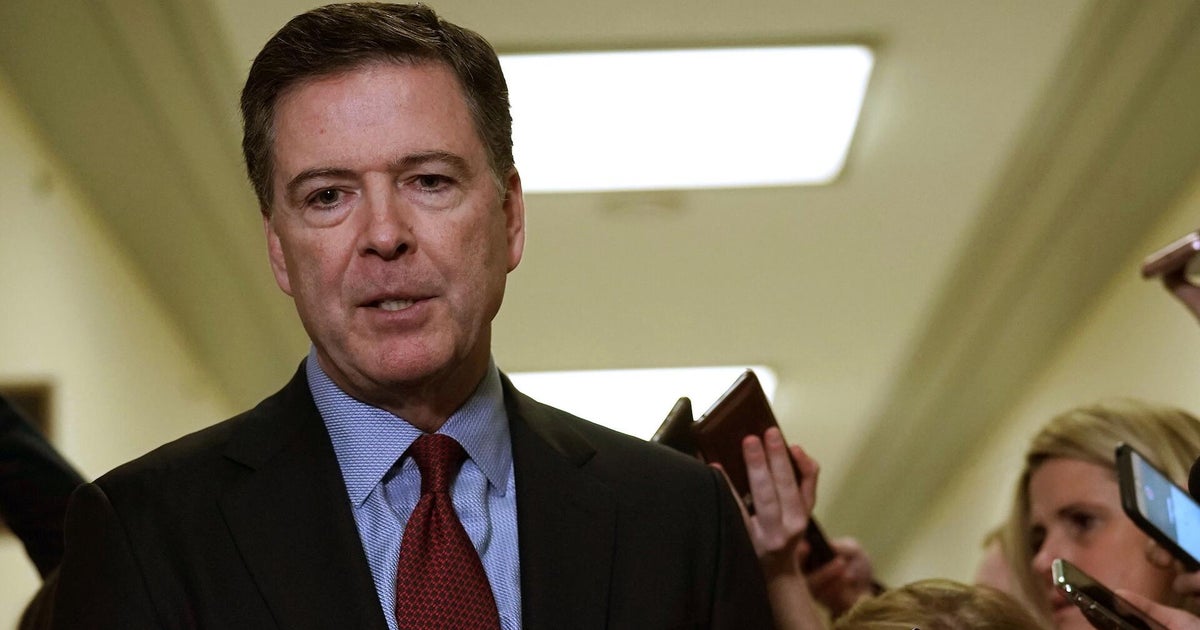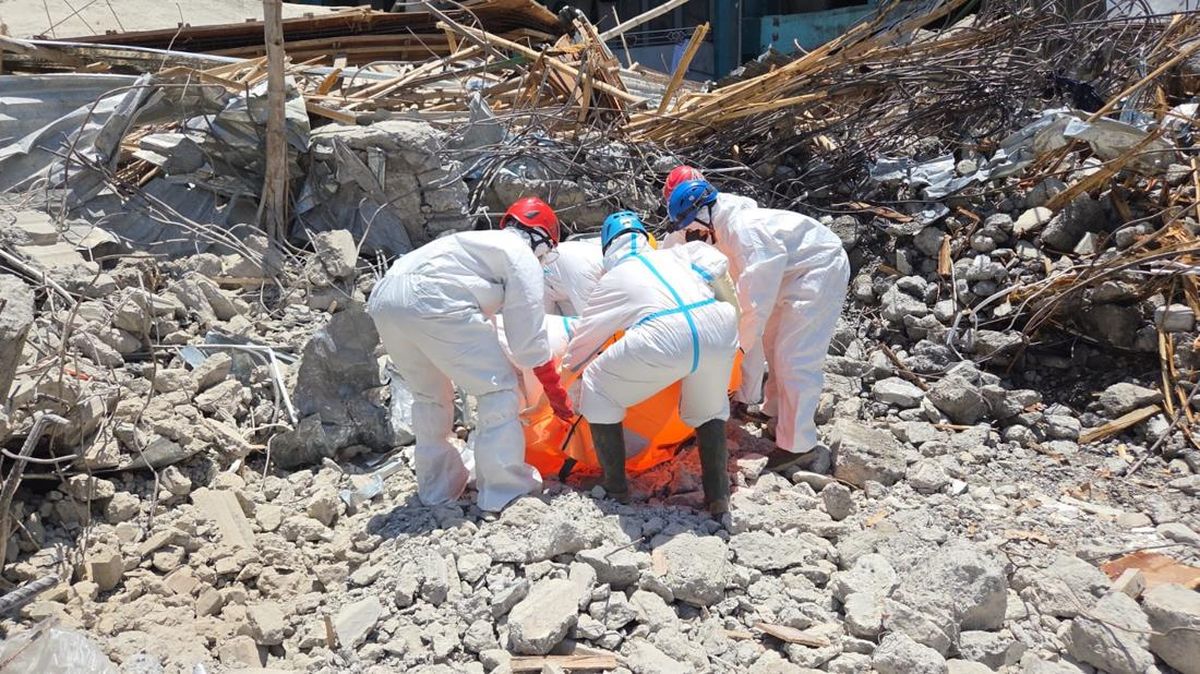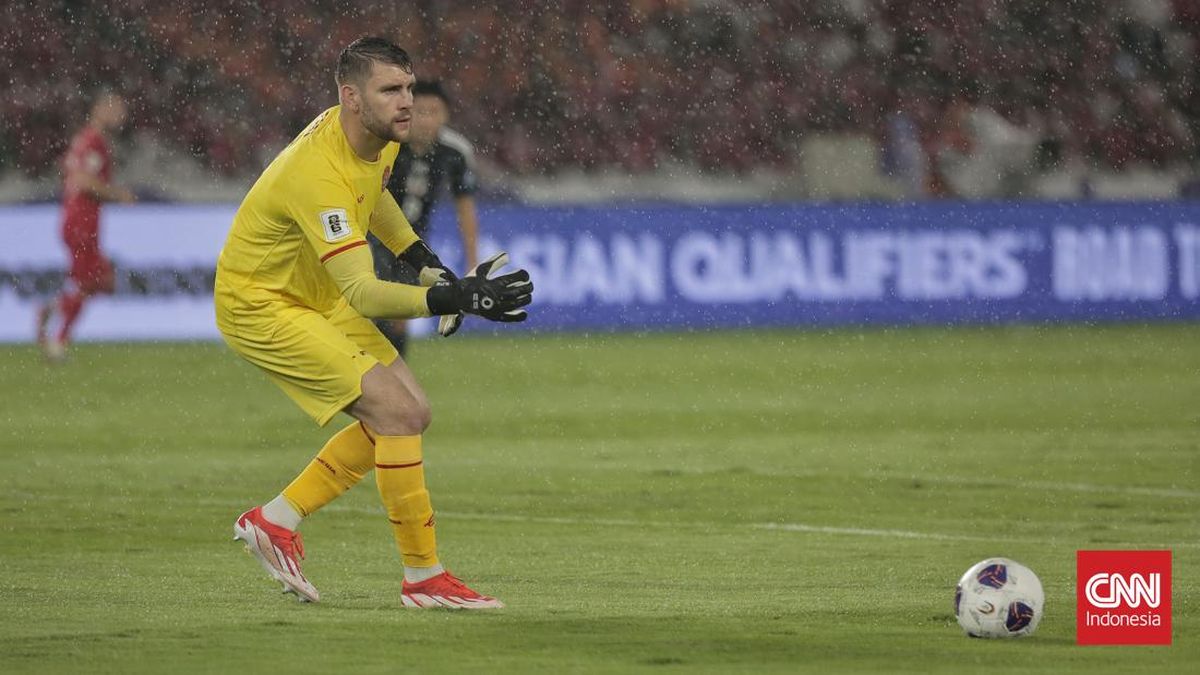A group of councils bearing the brunt of predators roaming citywide is launching Perth’s first large-scale fox management program.
Western Australia’s hottest-ever summer in 2023-2024, immediately followed by Perth’s eighth-driest autumn, heightened native animals’ vulnerability.

A fox captured on trail camera on a five-acre property near Mundaring.Credit: Associate Professor Rob Davis
In May 2024, nearly 100 dead south-western snake-necked turtles, likely fox victims, were found at Bibra Lake, wiping out 10–15 per cent of the population, discouraging significant conservation efforts, after the record low autumn rainfall following the hot summer dried lakes and created optimal fox hunting conditions.
This April, foxes were blamed for 68 south-western snake-necked turtle deaths in Yellagonga Regional Park, with the City of Joondalup vowing to step up controls in collaboration with the City of Wanneroo and the Department of Biodiversity, Conservation and Attractions.
“Predation on our wildlife occurs constantly, with peaks in community awareness occurring during the dryer months when turtles have no place to retreat,” said Adin Lang, the South West Councils Environmental Forum chair.
“It’s those local governments with wetlands who bear the brunt of community outrage and sense of responsibility.

A fox captured on camera at Kenwick’s Brixton Street wetlands, one of Perth’s most biodiverse wetland assets.Credit: Trish Fleming
“But we have data to prove foxes roam considerable distances across local government boundaries.”
A 2020 study done for the South West Group that GPS-collared urban foxes tracked one from Kwinana to Applecross.
Another moved 23 kilometres in one night, from Leeming to Bicton, Alfred Cove and back to Leeming, then days later journeyed 15 kilometres in one night through residential and bushland areas to Henderson Industrial Estate before establishing a new activity area.

A fox on the Mundaring property in April. Credit: Associate Professor Rob Davis
Another eventually shifted its home range 13 kilometres.
“Cockburn can do all the fox management they like, but it’s essentially pointless if neighbouring local governments do zero,” said Lang, who is also a City of Fremantle councillor.
“A coordinated response of multiple local governments must occur if we’re serious about protecting urban wildlife.”
The Perth South West Metropolitan Alliance is leading the regional pilot program aiming to not only save turtles, quenda, birds and reptiles but also demonstrate how collaboration can improve outcomes and drive down costs.
The alliance is funding coordinated monitoring and response across its six member councils: Rockingham, Cockburn, Kwinana, Fremantle, East Fremantle and Melville.
It believes while full eradication is unlikely, sustained regional collaboration can significantly reduce fox impact and support native species recovery.
Alliance chair Deb Hamblin, who is also City of Rockingham mayor, said the program would deliver stronger, more consistent results than individual efforts could have.
“This is a major step forward in supporting regional wildlife and improving the way we manage environmental threats,” she said.
“In the future, it would be fantastic to see this program scaled across the entire Swan Coastal Plain.”

Alliance members City of Cockburn Mayor Logan Howlett, City of Rockingham Mayor Deb Hamblin and City of Fremantle Councillor Adin Lang at Bibra Lake.
A regional network of sentinel sites is now being established to target management measures with on-ground conditions.
The alliance plans to share monitoring outcomes publicly to build awareness and inform ongoing action.
WA law gives landowners and managers responsibility for controlling pests, including foxes.
The 2020 report prepared for the South West Group into the movement of foxes in the project area found the Department of Biodiversity, Conservation and Attractions managed large parcels of bushland across these areas, but did very limited fox reduction in some portions, none in most.
It found record-keeping and collation of data on a regional scale was poor and data sharing uncommon, but the number of urban and peri-urban foxes was probably either steady or slowly increasing, with little evidence to suggest the current investment by state or local agencies was returning much benefit for native fauna.
It recommended DBCA develop and implement a comprehensive fox reduction management strategy.
A department spokesperson said it employed contractors to control foxes across the metropolitan area, particularly within Perth’s regional parks.
“DBCA works with adjoining land managers like local governments to align timing of fox control operations between areas managed by different authorities for greatest impact,” they said.
“DBCA is liaising with the Perth South West Metropolitan Alliance on fox control and is facilitating a new fox monitoring site at The Spectacles with the City of Kwinana.
“DBCA will work closely with the Friends of Yellagonga Regional Park which recently received $45,000 in funding from the state government to deliver additional fox control at Yellagonga Regional Park.”
Start the day with a summary of the day’s most important and interesting stories, analysis and insights. Sign up for our Morning Edition newsletter.
Most Viewed in National
Loading

